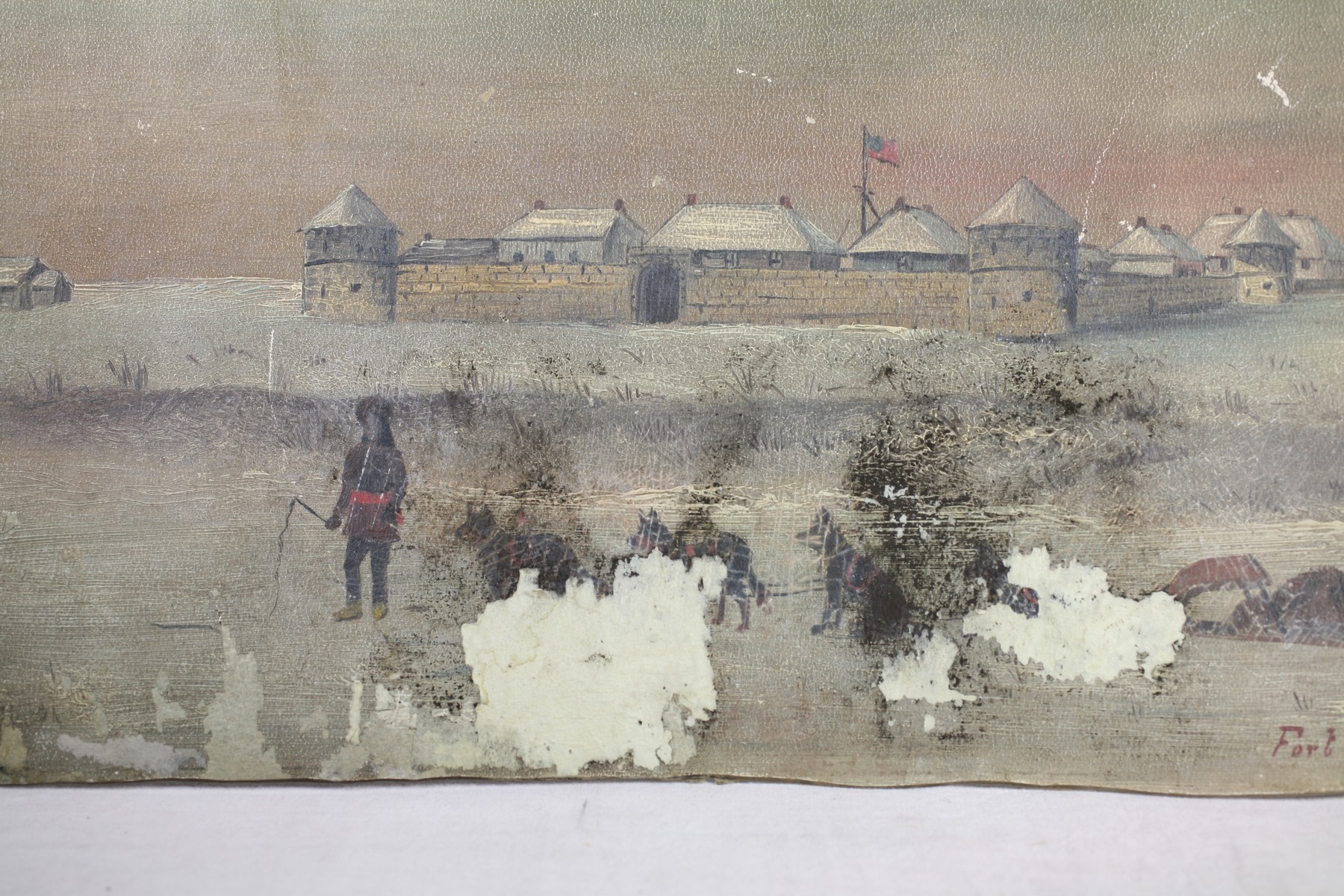Posted on: Friday June 17, 2016
Whenever someone walks into the Conservation lab, they are usually awed at all the scientific equipment. Large wall cabinets filled with chemicals, adhesives, paints, glass beakers and flasks. There is safety equipment, such as fume hoods and spiralling exhaust vents hanging from the ceilings to ensure proper precautions are taken. With this complex system, it looks like conservators are risking their lives every day to preserve and protect cultural heritage. However, I am about to share with you one of our dirtiest cleaning secrets that we keep hidden behind these lab walls.
SALIVA. Yes, that is correct. At some point you’ve probably heard of the saying when cleaning something to give it the old “spit shine.” Although we don’t actually spit on our artifacts, nor do we lick anything, conservators do use their own saliva as one method to clean a number of different types of artifacts. The technique is relatively simple in that a cotton swab is hand rolled onto a wooden probe and lightly dampened by placing the swab into our mouth (generally pre-lunch). The swab is then rolled onto the surface that we are cleaning to remove the desired residue. Tests are always done prior to a full cleaning to make sure that other soluble materials that we want to stay on the artifact don’t get swept away.
Now why this technique is used and how well does it really work? Human saliva is composed of amylase, which is a type of enzyme. Enzymes are used to break down particles depending on their make-up, so in the instance of amylase it helps humans to break down food particles. For conservators, amylase is also very useful in removing built-up grime and dirt that are found on artifacts. The benefit of using “enzymatic cleaning” (a more professional term for those completely grossed out) is that it is readily available, free, and does not require us to use large safety equipment such as fume hoods.
As mentioned, a range of artifacts can be cleaned using this technique, including leather, beading, oil paintings, and wooden surfaces. Now, I probably wouldn’t recommend trying this at home, as there may be an instance that something gets removed from your precious heirloom that you didn’t want to remove, but you are always welcome to contact a conservator here at the Manitoba Museum, who can advise you on the process first. In the images below, you will see a before and after picture of an oil painting that was recently cleaned using saliva. Happy cleaning!
Fort Garry, 1869
Signed L.-S (likely Lionel Stephenson)
Oil painting on artist’s board
H9-11-603

Oil painting before treatment. © Manitoba Museum

Oil painting after treatment using saliva cleaning technique. © Manitoba Museum






